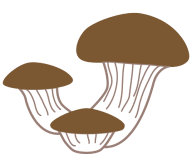Mushroom cultivation
Needs according to species
Cultivated mushrooms
Each species of mushroom has specific needs at a nutritional level and in the conditions of the environment where they are grown. When mushroom growing is one´s way to make a living, optimizing the conditions of the environment is a must in order to maximize output.
My job is to transmit the proper techniques for each mushroom species, to collaborate with the design with the growing facilities and to help choose the mycelium (spawn) varieties suitable in each circumstance.
There are specialized enterprises in the production of compost or substrate for the cultivation of different mushroom species such as the oyster mushroom, the button mushroom, the shiitake, the king oyster mushroom, the poplar mushroom.
If the option of buying the substrate is available, it is recommended to start buying the compost or substrate and to specialize in the cultivation.
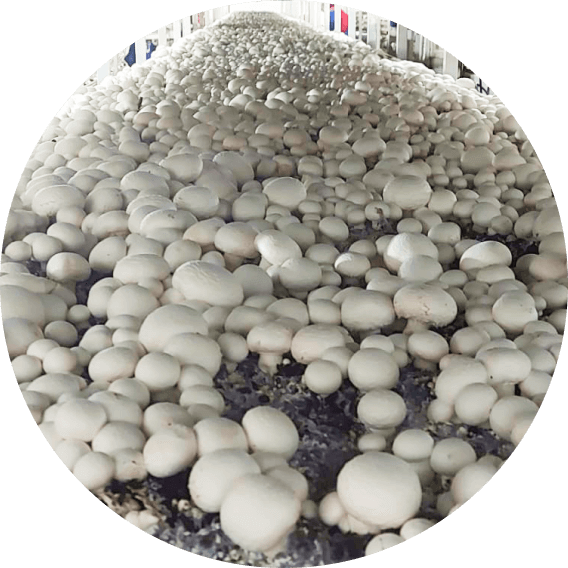
Button Mushroom cultivation – Agaricus bisporus
It is the top cultivated mushroom in the world and in Europe. The biggest producers in Europe of the Agaricus bisporus are Poland The Netherlands and Spain.
Button mushroom cultivation phases with Compost Phase II

Preparation and filling
Cleaning and disinfection of the cultivation room and to place the inoculated compost (compost phase II) in the cultivation room
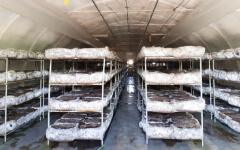
Spawn run
Growth of mycelium in the compost, conducting a proper control of environment and compost variables.
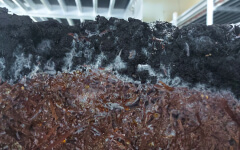
Covering
Add to the packages the casing soil. Handle the covering soil in a way that contamination is avoided.
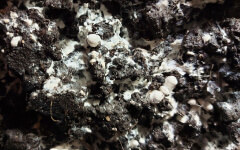
Pinning
Make the necessary changes in the environmental conditions in order to allow the needed pins to develop and to grow in optimum conditions.
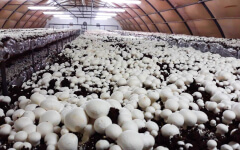
Grown button mushroom
Stage in which the button mushroom has reached its size and ideal maturity to be harvested.
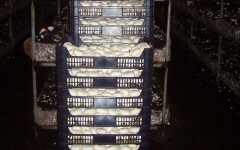
Harvest
Harvesting of the grown button mushroom which are ready for commercialization and consumption.

Options after inoculation
Packaging and transfer:
To the incubation rooms of the substrate production company for the compost incubation or phase III. When phase III is completed, the sale and transfer to the growers’ facilities are carried out.
See time-lapse of the growth of the button mushroom
Video produced by M.ª Luisa Tello, CTICH technician
Cultivation of the button mushroom with compost Phase III
We talk about compost Phase III when the grower purchases the incubated compost in large quantities. There are two purchasing options; in bulk or in trays.
Advantages of the compost Phase III:
- It reduces the cultivation cycle and so, it allows for more cultivation cycles in a year.
- Increase of the output by approximately 10% per ton of compost compared to the compost Phase II.
- The risk of contamination is reduced.
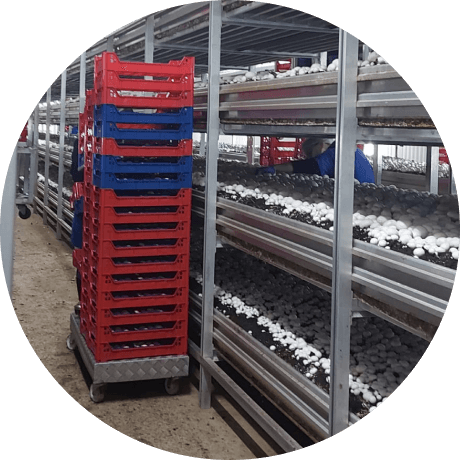
Cultivation of the button mushroom with compost Phase IV
In Phase IV, the compost is supplied in trays to the mushroom growers. The casing soil has been added to the trays and it has been incubated and the fruiting has been induced.
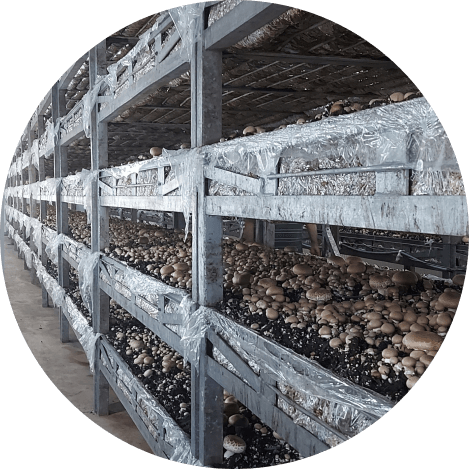
In Phase IV, the cultivation cycle is shortened even more when compared to Phase III.
Also, there is a reduction of the risk of disease that affect the button mushroom and therefore its output.
Oyster mushroom cultivation – Pleurotus ostreatus
It is the second most cultivated in Europe, Spain is the top producer followed by Poland and Italy.
Cultivation phases of the oyster mushrooms - Pleurotus Ostreatus
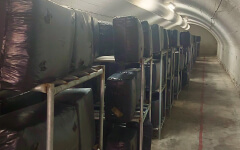
Preparation and filling
Preparation:
Cleaning and disinfection of the cultivation room.
Filling:
Introduction of the inoculated compost (phase II compost) in the cultivation room and maintenance of the hygiene standards. The compost packages can be placed directly on the floor or on shelves.
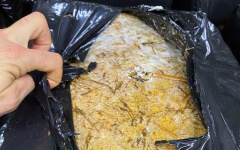
Spawn run
Growth of mycelium in the compost, conducting a proper control of environment and compost variables.
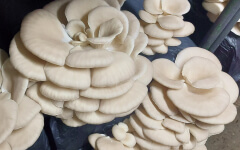
Fructification
Conduct the necessary changes in the environment conditions to initiation pinning and later development of the mushrooms. It is necessary to lower the temperature of the cultivation room and the compost, and to increase the oxygen and the humidity.
